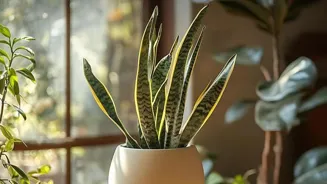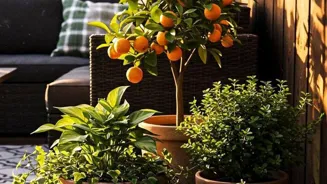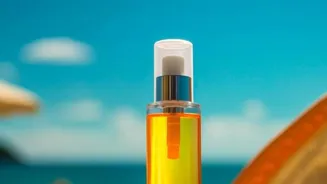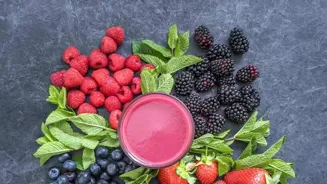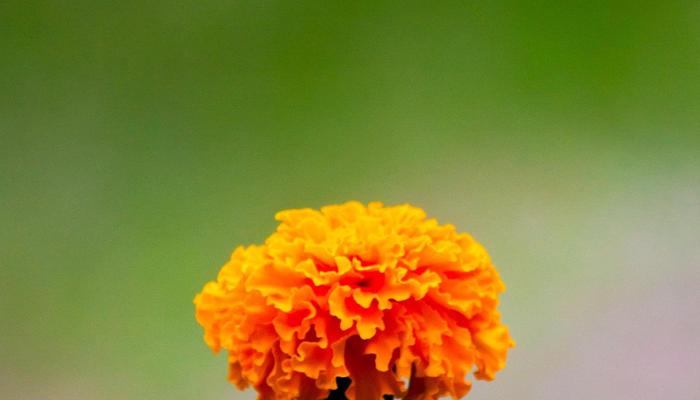Discover 5 Essential Tips for a Stunning Indoor Garden in India. From lighting to pest control, master the art
The trend of bringing the outdoors inside is catching on like wildfire, and for good reason!
An indoor garden can transform your home into a vibrant, oxygen-rich oasis, adding a touch of nature and tranquility to your daily life. But where does one begin? Fret not, aspiring plant parents!

This article will give you five essential tips to create a beautiful and thriving indoor garden, right in your own Indian home. These tips are simple, effective, and guaranteed to bring some green cheer into your life.
Understanding the Light Situation:
Before you rush out to your nearest nursery and buy every plant that catches your eye, take a good look at the light you have available in your home. Different plants have different light requirements. Some crave direct sunlight, while others prefer the shade.
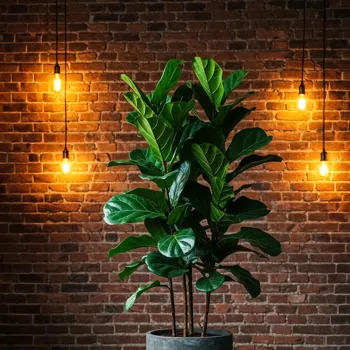
South-facing windows usually get the most intense light, perfect for plants like succulents, cacti, and even some herbs. East-facing windows offer gentler morning light, which is great for plants like prayer plants, calatheas, and African violets.
North-facing windows provide the least amount of light and are suitable for low-light tolerant plants like snake plants, ZZ plants, and peace lilies. West-facing windows get intense afternoon sun, so be careful not to scorch plants that prefer indirect light.
Pay attention to how the sunlight changes throughout the day in your different rooms. This will help you determine which plants will thrive in which locations. Also you should use grow lights if your house doesn't offer more light.
This will make sure that your plant gets adequate sun light and hence grows well.
Many indoor gardeners use simple tools like a light meter app on their smartphones to measure the light intensity in different areas of their homes. This can give you a more accurate reading than just guessing.
If you're unsure about the light requirements of a particular plant, always do some research before bringing it home! Knowing your light situation is the most important step in creating a successful indoor garden.
So take your time, observe your space, and choose plants that will flourish in the light you have available. This is the real key to a beautiful and low-maintenance indoor garden. Don’t underestimate this and ensure that your plants will get enough light.
Don't just rely on what is being said just buy a source of light for good measure. Observe the directions given to your plants and use it.
Choosing the Right Soil and Pots:
The type of soil you use is just as important as the amount of light your plants receive. Regular garden soil is too heavy and compact for indoor plants, and it can also harbor pests and diseases. Instead, opt for a well-draining potting mix that is specifically designed for indoor plants.

These mixes usually contain a combination of ingredients like peat moss, perlite, and vermiculite, which help to aerate the soil and prevent it from becoming waterlogged. Choosing the right pot is also crucial. Make sure the pot has drainage holes so that excess water can escape.
Terra cotta pots are a good choice because they are porous and allow the soil to breathe.
Consider the size of the plant when choosing a pot. A small plant will be overwhelmed by a large pot, and a large plant will quickly outgrow a small pot.
Avoid overpotting your plants, as this can lead to root rot. When repotting, choose a pot that is only slightly larger than the previous one. Also consider the material of the pot as that might affect the flow of the soil. You can experiment with growing mediums, but that would be at your own risk.
As different soils will allow plants to grow to different extent. This can be a huge game changer in how fast your plant grows and it's lifespan.
Watering Wisely – Not Too Much, Not Too Little:
Overwatering is one of the most common mistakes that new plant parents make. Too much water can drown the roots of your plants and lead to root rot. On the other hand, underwatering can cause your plants to dry out and wilt. The key to watering wisely is to check the soil moisture before watering.
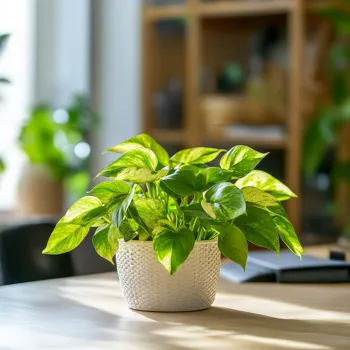
Stick your finger about an inch into the soil. If the soil feels dry, it's time to water. If the soil feels moist, wait a few days and check again. The frequency of watering will depend on the type of plant, the size of the pot, the humidity level in your home, and the time of year.
Plants generally need less water in the winter when they are not actively growing.
When you do water, water thoroughly until water drains out of the drainage holes. This ensures that the entire root ball is moistened. Avoid letting your plants sit in standing water, as this can lead to root rot.
If you're unsure about how much to water, it's always better to err on the side of caution and underwater rather than overwater. Some plants prefer to be watered from the bottom. To do this, place the pot in a saucer of water and let it soak up the water from the bottom.
Remove the pot from the saucer once the soil surface feels moist. This methods ensures that the roots get the most amount of water.
Maintaining Humidity, Especially in Dry Climates:
Many indoor plants are native to tropical regions and thrive in high humidity. However, many Indian homes, especially those with air conditioning, can be quite dry. Low humidity can cause your plants to develop brown leaf tips, droopy leaves, and stunted growth.
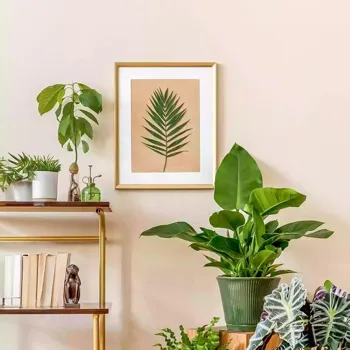
There are several ways to increase the humidity around your plants. You can group your plants together, as this will create a microclimate with higher humidity. You can also place your plants on a tray filled with pebbles and water.
As the water evaporates, it will increase the humidity around the plants.
Another option is to use a humidifier. Humidifiers are especially helpful during the dry winter months. You can also mist your plants regularly with a spray bottle.
However, be careful not to over mist, as this can lead to fungal diseases. Some plants, like succulents, don't like to be misted at all. Use a damp cloth to wipe the leaves of your plants regularly to remove dust and debris. This will help them to photosynthesize more efficiently.
Monitoring the humidity is an important part of plant care. You can buy a humidity meter to keep watch, or try noticing how the plant feels to estimate.
Dealing with Pests and Diseases the Natural Way:
Even the most well-cared-for indoor plants can sometimes be affected by pests and diseases. Common indoor plant pests include aphids, spider mites, mealybugs, and fungus gnats. If you notice any pests on your plants, it's important to take action quickly to prevent them from spreading.
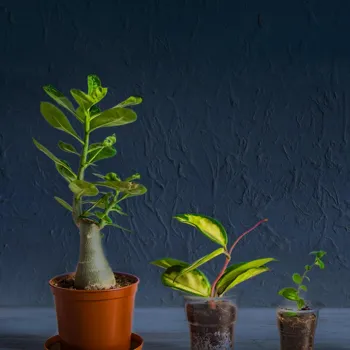
Instead of using harsh chemical pesticides, try these natural methods. Wipe the leaves with a damp cloth or cotton swab dipped in rubbing alcohol. Spray the plants with a solution of neem oil and water.
You can also use insecticidal soap. Make sure to follow the instructions on the label carefully.
For fungus gnats, allow the soil to dry out completely between waterings, as fungus gnats thrive in moist soil. You can also use sticky traps to catch adult fungus gnats. If your plants are affected by fungal diseases, make sure to improve air circulation and avoid overwatering.
Remove any affected leaves to prevent the disease from spreading. With a little care and attention, you can keep your indoor plants healthy and pest-free. Ensuring proper plant health will make sure you enjoy the beauty for years to come.

